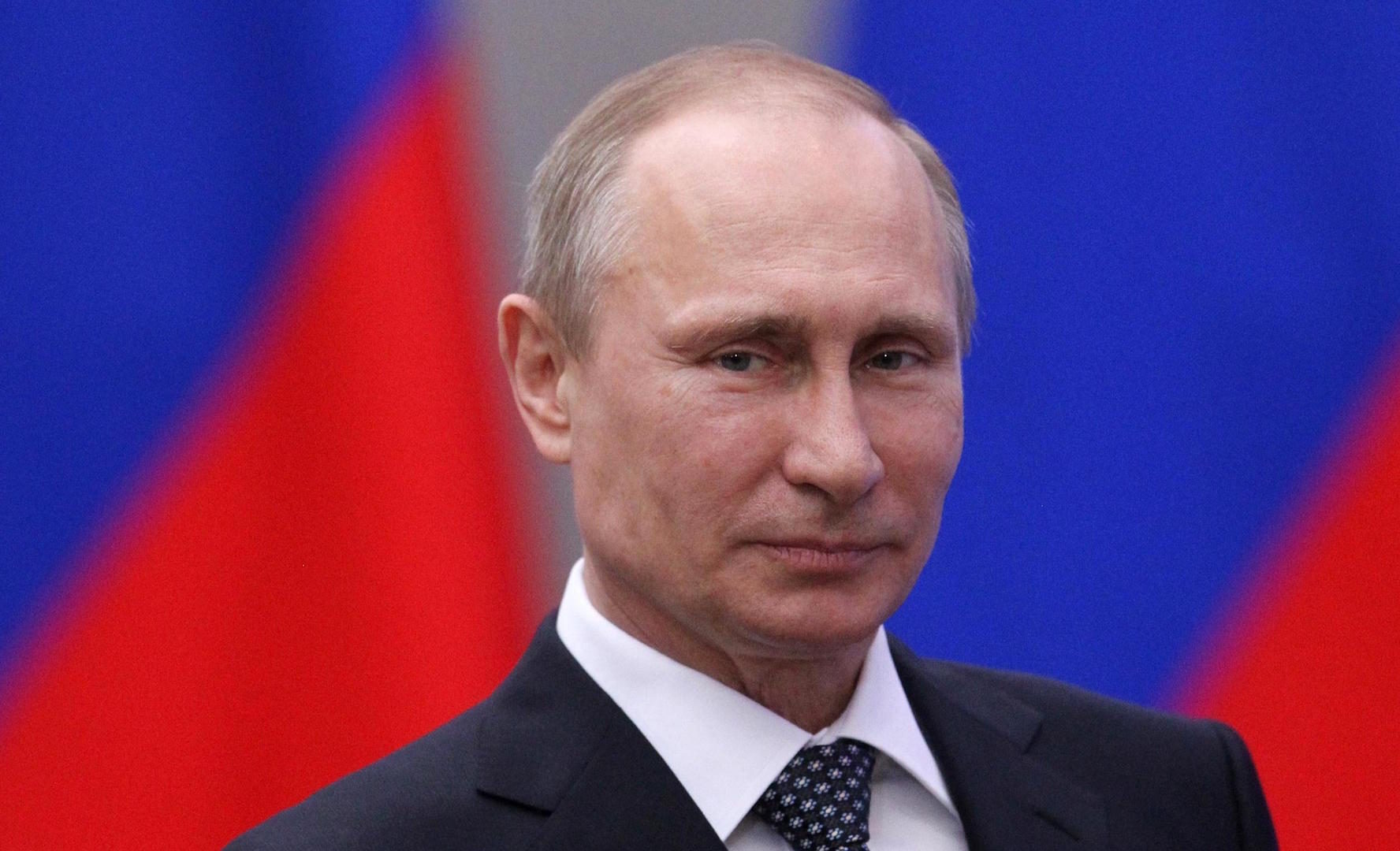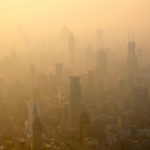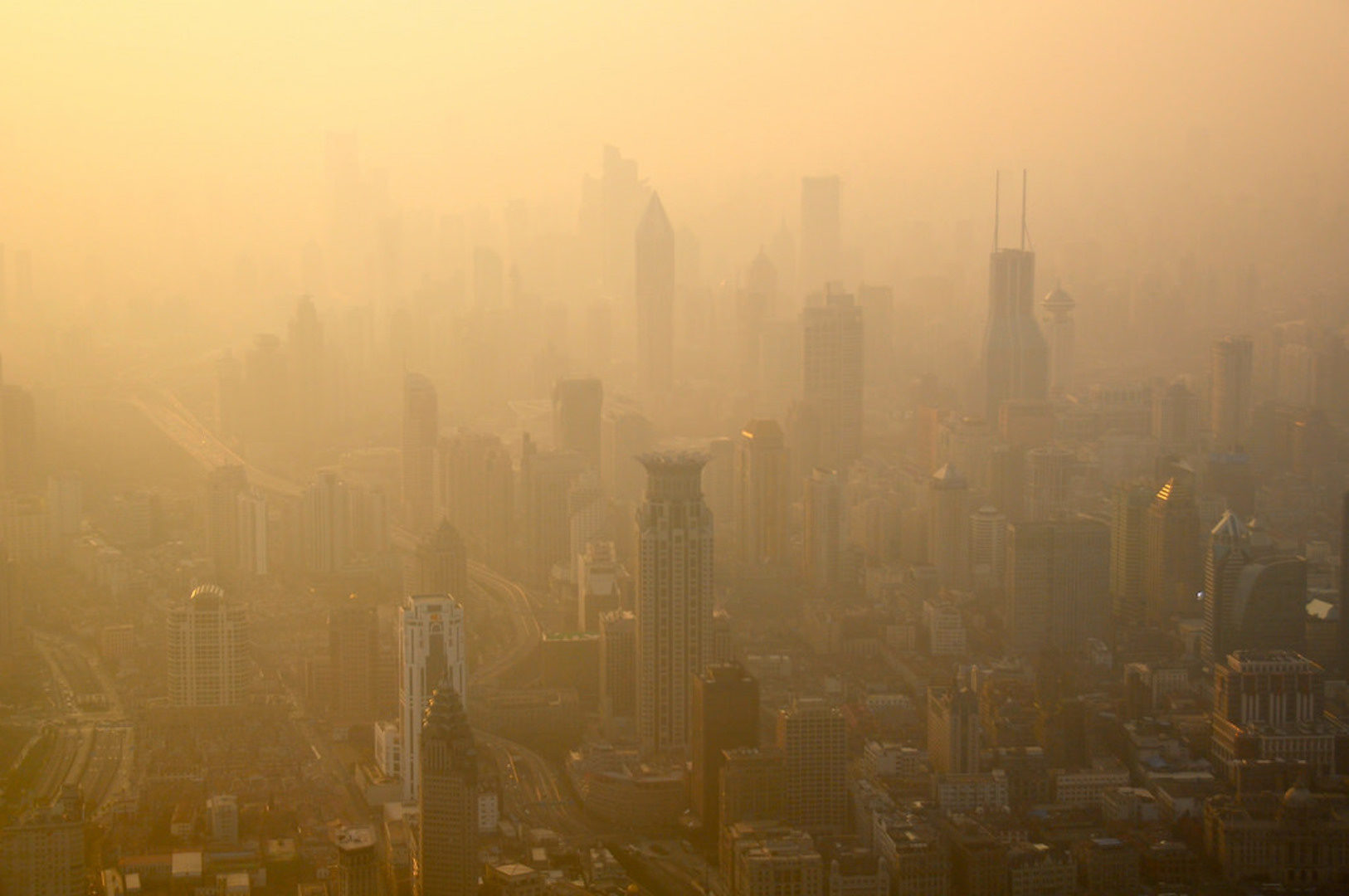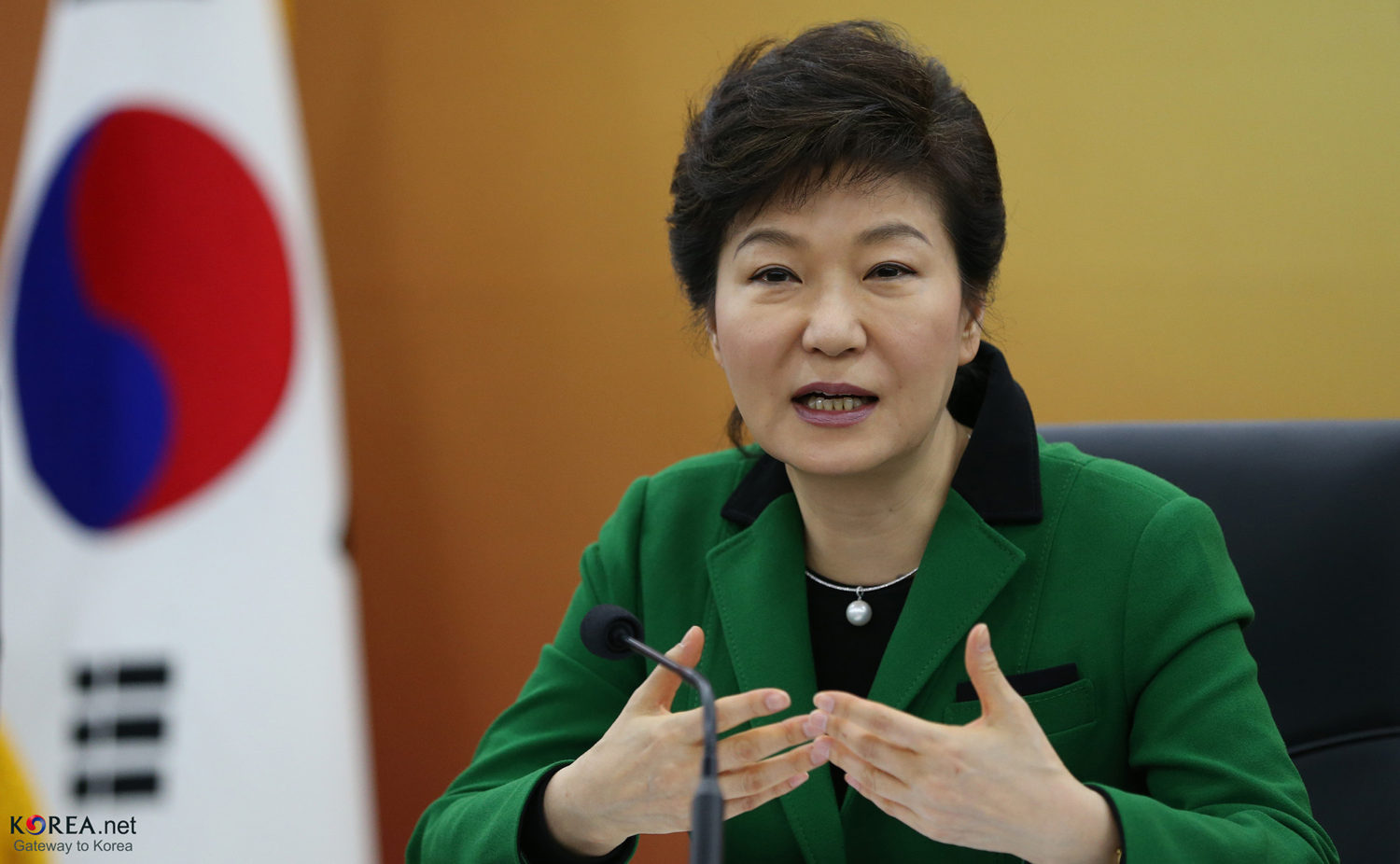After the collapse of the Soviet Union in 1991, Russian citizens found themselves in a completely transformed and alien environment. At first glance, the new capitalistic freedoms seemed alluring, but Russians were soon disillusioned by the arrival of gangs and increased criminal activities. Factories tied to the defense industry shut down, leaving entire cities with little source of employment. Social fabric weakened as poverty exploded and inequality deepened. Instead of easing Russia’s transition into this new environment, US policy makers, thinking of post-Cold War Russia as a solved problem, provided minimal assistance in restructuring the economy. Marginal steps were taken to form a strong and mutually beneficial partnership, as dedicating resources to deal with a country that had lost much of its threat capability was deemed unnecessary. Unlike the end of World War II, the US emerged as the lone superpower. Throughout the 1990s, entire offices were eliminated and overhauled within the US foreign policy apparatus as energies were shifted to other parts of the world. This course of action has proved detrimental to the US ability to understand and forge relations with Russia.
During the Cold War, the US had developed long standing relationships with governmental actors and extensive knowledge of the political environment within the USSR. Russian Studies was taught in many colleges and universities during the period. However, the end of the Cold War brought an immediate change as many of these departments were closed due to the lack of government funding. With the restructuring of the US foreign policy community, the US lost valued expertise in the country as Russophiles retired and were not replaced. As a result, the knowledge network that the US had developed for decades diminished. The mishandling of this transition period, in many ways, laid the groundwork for Vladimir Putin’s rise to power in 2000. After a decade of inept rule by President Boris Yeltsin, Russian voters yearned for new direction and a leader that would restore the country’s position on the world stage. Putin perfectly stepped into this role, long viewing the collapse of the Soviet Union as one of the greatest tragedies of the 20th century. However, the US was to a large extent unaware of the depths of discontent within Russia over the current state of affairs.
For many years the US did not take Putin’s political rise seriously. The US often turned a blind eye to Putin’s increasing centralization of political power and crackdown on dissenting journalists. After 9/11, the US invested a wave of resources into hiring experts and linguists skilled in the Middle East as the wars in Afghanistan and Iraq took prominence. The little attention the US did pay to Russia was seen as antagonistic by Putin and others within the Kremlin. Estonia, Latvia, and Lithuania’s ascension into NATO in 2004 was profoundly unsettling to Russia who viewed it as US encroachment. This antagonistic narrative was further heightened by President Bush’s insistence on developing a regional defense missile shield in Central Europe. As the 2000’s progressed, US-Russia relations steadily declined. Aware of these increasing tensions, President Barack Obama vowed that his administration would embark on a “Russian reset” that would repair damaged ties by working together on shared security interests. In reality, this reset has proved too little and too late. The mistranslation, literally, of the reset button presented to Russian Foreign Minister Sergei Lavrov by Secretary of State Hillary Clinton foreshadowed the failure of the endeavor. Instead of using the appropriate Russian word for reset, the word ‘overcharge’ or ‘overloaded’ was used.
Russia’s invasion of Crimea and its intervention in the Syrian Conflict last year were surprising to many US foreign policy experts. However, these demonstrations of strength should not be viewed as abnormal. Putin has, after all, benefitted from years of domestic support and was able to erode many political liberties by promising Russians that he would improve their living standards. Spurred by a steady stream of oil and natural gas, Putin was able to work toward this promise. However, a sluggish economy harmed by US sanctions and low energy prices has cast doubt on Putin’s ability to make good on this commitment. However, appealing to nationalistic fervor has been more successful, a maneuver used by leaders to deflect attention from domestic troubles. Putin has proved remarkably adept at invoking Russian citizens’ sense of lost pride. With government control over major media outlets, anti-American rhetoric has reached a fever pitch across the country in recent years. Nuclear drills in Moscow remind residents of the possibility of impending American attacks. Russian vessels have also increased their patrols in the Baltic and engaged in increasingly aggressive behavior.
Despite Putin’s flaws, the image of a “strong man” has repeatedly proven appealing to large swathes of an uncertain and disillusioned public. In just 2016 alone, the rise of Donald Trump in the United States, Rodrigo Duterte in the Philippines, and the rise of Marie Le Pen in France demonstrate the increasing popularity of “strong” figures who promise to restore order and appeal to nationalistic grievances. Across the world, political electorates, especially within the west, have felt their living standards squeezed as automation and globalization eliminate jobs that were formerly a safe route to the middle class. In tandem with these changes, many countries have seen flows of refugees and migrants escaping war and persecution from their home countries. All of these forces have combined to create a broad sense of insecurity for much of the public. Similarly, the collapse of the Soviet Union marked the end to a way of life for many Russian citizens that lost occupations and saw their communities uprooted as the country found itself facing a completely different economic system. Putin has been skilled in harnessing this widespread disillusion and redirecting anger towards foreigners as the source of the country’s problems. Under Putin’s rule, xenophobia has become increasingly widespread with economic migrants from Central Asian countries facing rampant discrimination in society.
The weakened economic position of Russia, arguably traced back to the post-cold war US response, has made the country more dangerous and unpredictable, as seen in its actions in Crimea and Syria. Though difficult, the US has no choice but to try and rebuild its diplomatic framework within Russia and seek out increasingly rare opportunities for mutual cooperation and productive exchange. This, of course, must be done while pushing back on Russian aggression towards US allies. Understandably, such an endeavor will be slow-moving and full of pitfalls; it will take years for the US to build stronger relations with Russia. That endeavor, however, is the only way to avoid escalating tensions that do nothing to serve the long-term interests of any party involved and destabilize the European security environment. The rising tide of nationalistic leaders across much of the world is not a new trend, but it is a worrying development for a host of international crises from climate change to the Syrian Civil War that requires international cooperation and dialogue. In a recent trip to Greece, President Obama voiced this danger warning that people “are going to have to guard against a rise in a crude sort of nationalism, or ethnic identity, or tribalism”. Such an appeal is well warranted, but it remains unclear whether such divisionary trends will strengthen, leading to a new generation of such political figures, or whether it will gradually subside. Nevertheless, the new administration must make overhauling America’s relationship with Russia a top priority.
- Yemen Crisis: Has a Turning Point Been Reached? - February 8, 2018
- Monster Viruses and Dangerous Diseases: How Climate Change Threatens to Upend Global Health - February 8, 2018
- Uncertain Trajectory: Kazakhstan’s Perilous Path on the World Stage - November 1, 2017






